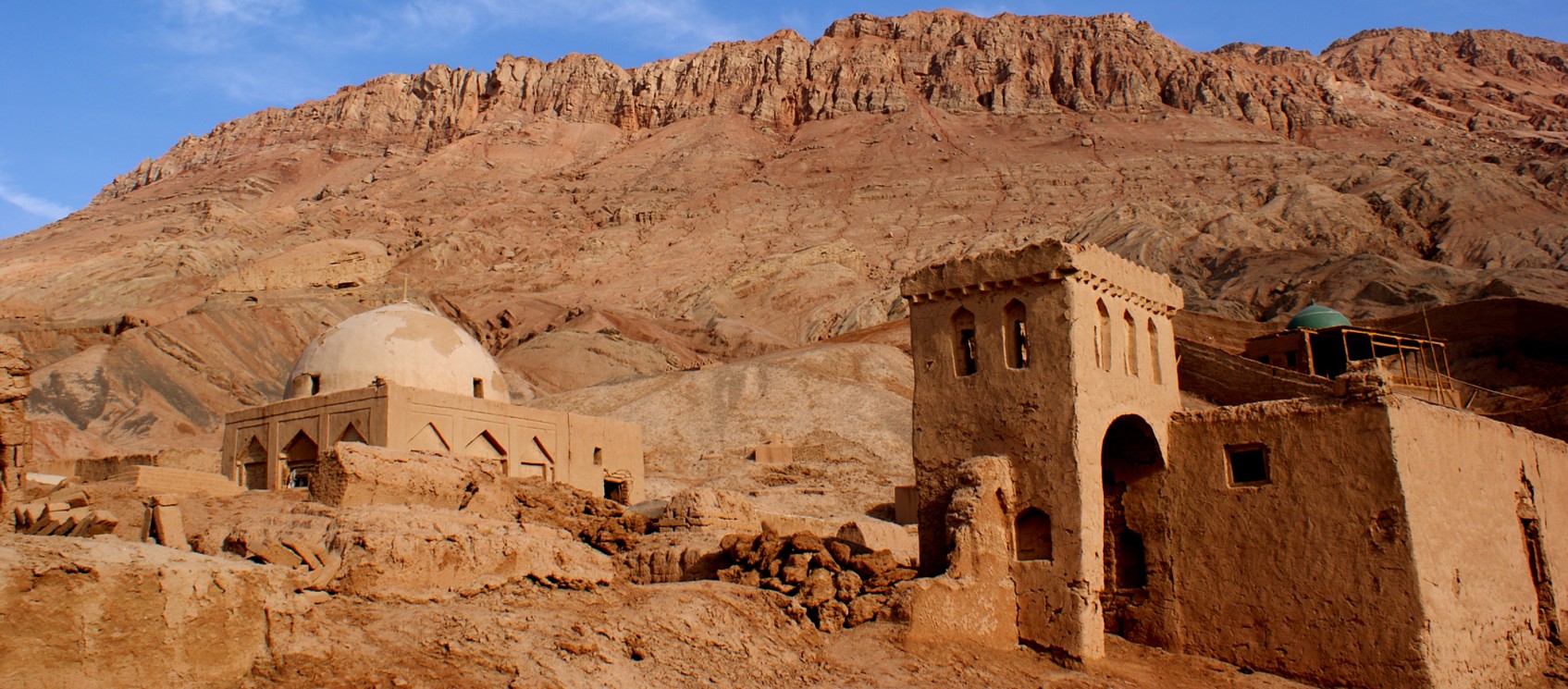China: The Silk Road (6-Week Sample Itinerary)
The following is a sample itinerary based on past courses; actual itineraries may vary.
| June 28th | Arrive in LA, meet each other and travel together to Xi'an! |
|---|---|
| Weeks 1-2 | We begin our journey in the city of Xi’an, capital of Shaanxi Province, and capital of the Chinese Empire during many dynasties. During the Tang Dynasty (a “Golden Age” in the seventh and eighth centuries), Xi’an was one of the world’s largest and most cosmopolitan cities. This “eastern end” of the Silk Road was home to traders, religious teachers, aristocrats and travelers from across Eurasia. Many of their descendants, now known as Hui people, still live in Xi’an’s historic neighborhoods today. Xi’an is key to the history of Islam in China and Chinese Buddhism, and we explore ancient libraries and temples here, and get a sense of the relationship between this part of China and the places we’ll visit as we head west. In a quiet mountain area just outside of the city we get to know each other as a group and prepare to hit the road. From Xi’an, we travel southwest and into Qinghai Province, historically known as the Tibetan Kingdom of Amdo. Our environment changes dramatically as we arrive on the Tibetan Plateau, where rolling grasslands are buffeted by imposing mountains. Here, we enter into homestays with Tibetan families whose livelihoods still depend on their yak herds. We learn about government efforts to discourage the nomadic lifestyle and how life is changing quickly in a place where traditions go back millennia. We study a bit of Amdo Tibetan language here and learn about tangka painting from local masters. We also visit some of the largest and most important Tibetan Buddhist monasteries in the region, and learn about how tourism and development are also affecting these institutions, once the main centers of religion, culture and education in Tibet. |
| Weeks 3-4 | After a long journey westward by train, we enter Xinjiang Uyghur Autonomous Region and arrive in Turpan, one of the world’s lowest lying (and sometimes hottest) places, famed for the ingenious system of underground irrigation tunnels created by people here centuries ago. We visit local Uyghur homes, surrounded and shaded by grape arbors, as well as the ruins of ancient towns, once key links in trade through the region. In Turpan, we also begin to learn about some of the harsh realities of life for Uyghur people in China today and engage with tough questions about ethnicity, culture, religion, and politics under the Chinese Communist Party. From Turpan, we continue west, along the Tianshan range, skirting the Taklimakan Desert, to arrive in Kashgar, historic oasis and Silk Road market town and present-day center of Uyghur culture, tradition and cuisine. The current political situation in Kashgar is tense, and as we travel through Xinjiang we continue to learn about the ways state policies have affected local people. We also visit some of China’s largest and most important mosques and escape the city for some short but spectacular day hikes. |
| Weeks 5-6 | From Kashgar we embark on one of the most dramatic stages of our journey, over the Irkeshtam Pass, where the Tianshan and Pamir mountain ranges meet, and into Kyrgyzstan! In Kyrgyzstan we explore cultural parallels and differences across the border with China. We are warmly received by homestay families in a multi-ethnic neighborhood outside the historic city of Osh, home to one of the world’s oldest continuously operating bazaars. We take in the gorgeous natural scenery amidst mountains, forests, and grasslands still used by nomadic herding communities in this part of the world so rich in culture, tradition and beauty but still rarely visit by US travelers. We explore the ways Islam is practiced and understood here, and learn about the ways life here at the center the ancient trade routes has been shaped by post-Soviet politics and shifting economies. As our time together on the Silk Road nears its end, we reflect on all we’ve experienced over the past six weeks, visit Kyrgyzstan’s capital and largest city, Bishkek, and board a flight here for Urumqi. |
| August 8th | Fly back home from Urumqi! |

